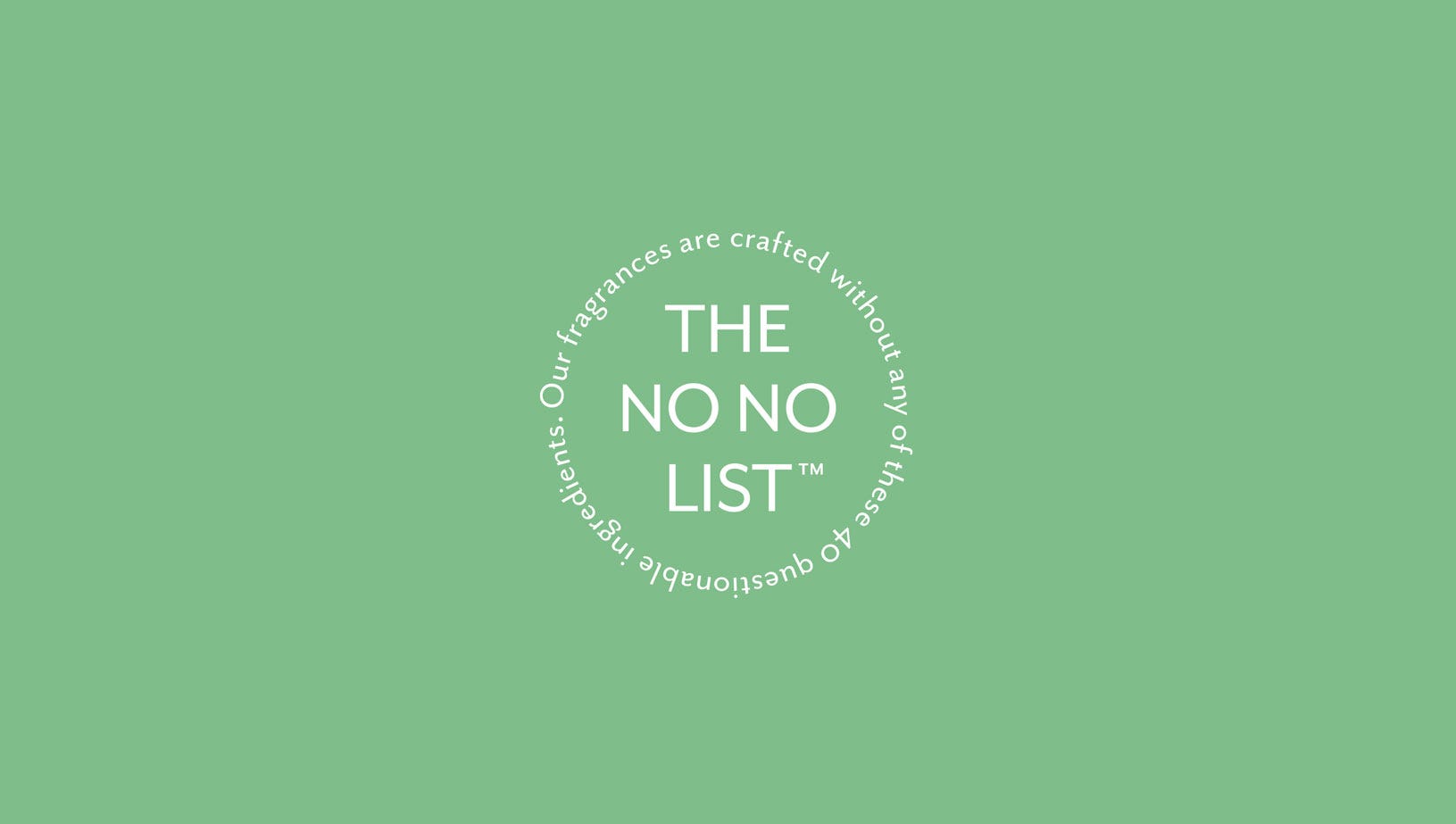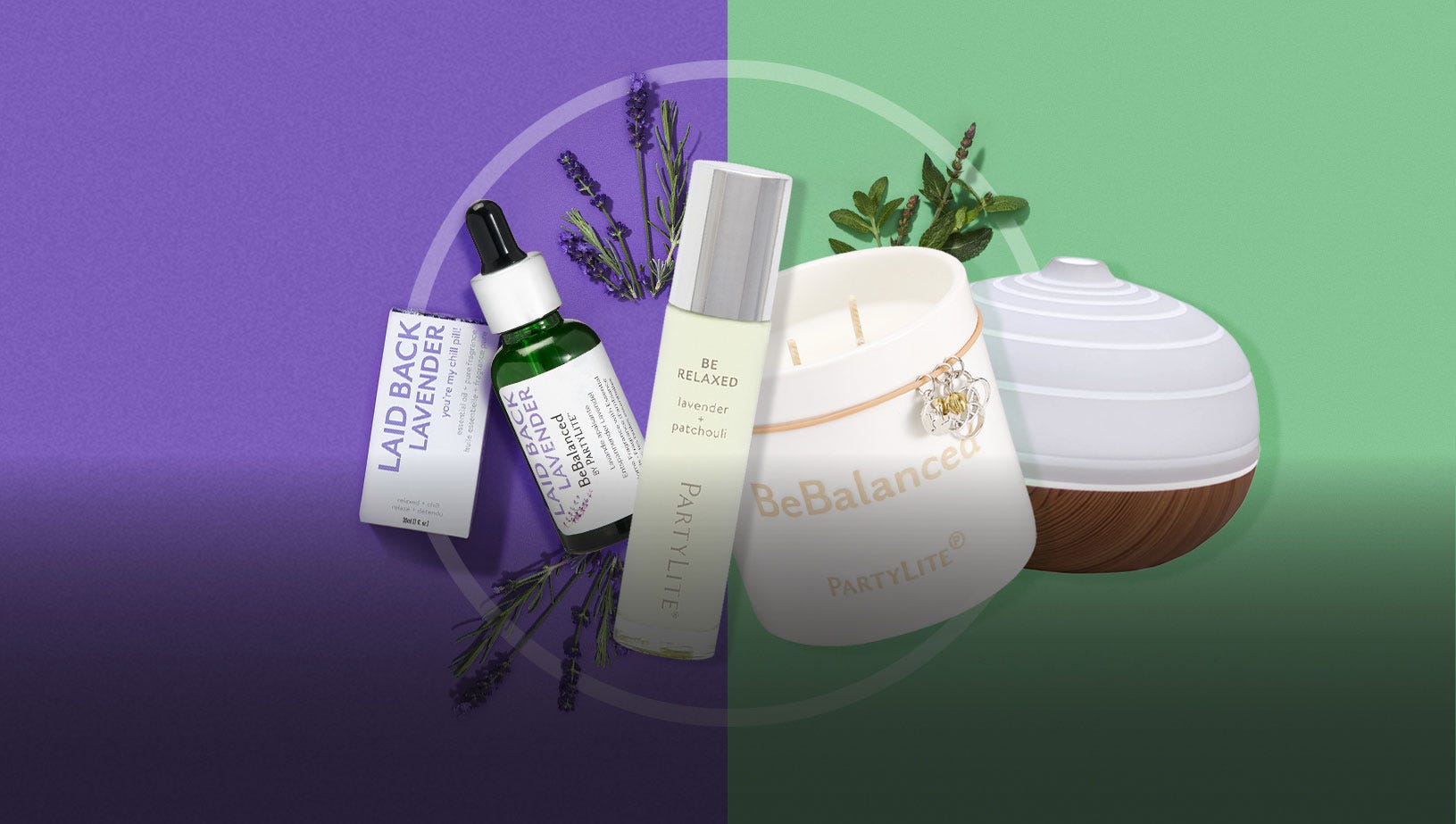Sometimes it can feel like the to-do list is never going to end, but it doesn’t mean you shouldn’t take some time to take care of yourself first. Whether you’re running a busy household or rushed off your feet at work, it’s easy to forget that we all need to take time out of our schedules to check in with ourselves. Stress and anxiety can lead to serious health problems if left unchecked.
Relaxation is one of the easiest ways to combat stress and improve mental and physical health. We’ve created a guide to our favourite techniques that you can practice anywhere and at any time to suit you. Read on to discover our top methods to becoming happier and healthier.
Boost Your Mood

Taking a moment to relax and unwind can be incredibly powerful all on its own, but why not boost it? We’ve developed a range of essential oil fragrances that are all about unlocking the therapeutic power of plant-derived ingredients to change your mood. The beauty of the BeBalanced by PartyLite™ range is that you can choose how you want to feel - centred, happy, laid back and more. The collection has a variety of products that can help you achieve the mood you desire.
Our BeBalanced essential oils and candles are designed to lift your mood with the natural aromatherapeutic powers of essential oils. You can use them to fill your space with fragrance, or to apply to the skin directly. There’s a portable room fragrance option, so you can take that relaxation time and easily make it even better, wherever you are. Or simply roll on your relaxation all day, any time with our pocket-sized Rollerballs designed for application on the pulse points.
Meditation
Candlelight meditation uses the mesmerising nature of candles to help you focus and let go of stress. Your candle should be the focus of your space, so make sure you turn off any lights and draw your curtains before you start to meditate.
Focus on the flickering of the flame and allow it to fill your mind.
Follow the soft movements of light and allow it to anchor you in the present as you release the tension from your day and empty your thoughts.
Breathe deeply as though you’re inhaling and exhaling the candlelight.
Spend at least 3 minutes combined on these steps. Do it every day and you’ll find yourself more centred overall.
Candlelight meditation adds another sensory dimension to regular meditation, giving you a visual to centre yourself with and a scent to keep you focused on. Choose fragrances with ingredients like lavender, vanilla, cedarwood, patchouli, jasmine and peppermint to tap into these natural scents’ powers to help you unwind.
Mindfulness meditation follows the same principle as candlelight meditation, but you choose or create your own relaxation trigger. Internal focuses like your breathing and the rise and fall of your chest can work well. Repetitive actions help to keep you focused on the present and prevent your mind from straying.
Breathing exercises

Overworked, reaching new levels of tired or finding a whole new meaning to the word stressed? All of the above? One of the simplest ways to manage tension in the moment is to do some basic breathing exercises.
Take deep, cleansing breaths to disengage your mind from distractions. Let those worries float away from you as you close your eyes and concentrate on the rise and fall of your chest.
Focus on inhaling fully through your nose and filling up your lungs.
Hold that breath for up to seven seconds and then exhale slowly through your mouth.
Repeat these steps to feel the stress leave your body and a sense of peacefulness take over.
Active relaxation

The repetitive rhythm of exercise like walking, running and swimming give you sensation to focus on, forcing you to engage with what your body is doing and forget about your pent up frustrations. It allows you to be fully present and identify exactly how your body is feeling in the moment.
If you’re looking for something with a lower intensity, yoga or tai chi is known to improve mental and physical health. The combination of practising deep breathing and stretching out muscles helps to relax your body and release tension. It can be difficult to maintain motivation if you’re starting out on your own, so consider joining a practice group with an instructor. You’ll be more likely to avoid injury and can ensure you’re getting the most out of it. A group environment can also have lasting effects like meeting new people and making friends.
The movements required in exercise, yoga and tai chi trigger a release of endorphins, giving you a rush of energy and can put you in a happier and healthier state of mind.
Guided Imagery
Relaxing can be as easy as closing your eyes. Guided imagery, or visualisation, is essentially imagining your safe place in your head and pretending that you’re there. Whenever you need a quick escape from the stresses in your everyday life, guided imagery puts you in a place free from anxiety and tension.
Choose a place where you feel at peace.
Close your eyes and imagine it in your mind’s eye.
Consider all the sensory details. What can you see, hear, smell, feel and taste?
Imagine you’re in your safe space and drifting away from the present. Focus on the peacefulness of your visualisation and feel your concerns drift away as you immerse yourself in it.
Audio aids can help you to create a more realistic visualisation, making it easier to detach from reality and leave your concerns behind.
Muscle relaxation
Tension can cause a strain on your body as well as your mind. Progressive muscle relaxation is perfect for identifying and reducing muscle tension that you didn’t realise you had. Muscle tension is sometimes the first indicator to stress, so mastering this technique is a great way to prevent anxiety before it escalates.
Lay down somewhere comfortable where you have enough space to stretch out.
Regulate your breathing and take a few deep breaths to create a sense of calm.
Tense the first part of your body and squeeze as tightly as you can for 10 seconds. Try to isolate the movement and only tense that one part of your body. Start with somewhere you’re feeling tension, or work from your toes upward, hitting every muscle group.
Release that muscle group and concentrate on the feeling of your body relaxing and your tension ebbing away. Feel a state of looseness taking over your muscles and let it sink in, while remembering to take deep breaths.
Repeat the above steps and move onto the next part of your body.
Listening to music

Whether you sing or dance along, close your eyes and pick out the individual instruments or just sit and enjoy the melodies, music can help you channel emotions and distract you from stressful thoughts. And if you’re more of a doer than a listener, why not make your own music. Many experts consider singing and playing music a form of therapy to help reduce stress, anxiety and promote self-healing.
A digital detox
Stop scrolling through social media, log out of your emails and step away from your phone. Disconnecting from technology is one of the most important detoxes for easing anxiety. Taking time away from your screen means you can truly appreciate what you have in the moment without any distractions. Giving yourself some space away from the online world has the potential to make you more present in the moment and improve your mental health.
Going cold turkey is definitely daunting, so we suggest setting yourself achievable goals at first. Whether that’s banning all technology for a half hour each day, or setting a cut off time in the evening for your technology usage, there are plenty of ways to ease into living a less digital-dependent life.
Tips to help you relax:

- Always bear your surroundings in mind to enhance your sensory experience. A stressful environment with lots of visual and auditory distractions can hinder your progress, so take a minute to prepare your space before you start relaxing.
- Create a dedicated space for your relaxation time. Set up a little corner in your room that you can retreat to when you want to practice, and dress it with accessories that help to calm your mind. A space-saving alternative is to create a fold-away box of accessories that you can get out and pack away when you’re ready to meditate. Think candles, plants and a yoga mat.
- Add some mood-enhancing fragrance to your downtime, creating a space and time to feel how you want, or need, to feel to tackle the day.
- If you’re struggling to keep track of your progress, download an app for your phone or jot down on paper each time you practice relaxation. Make a note of the date and time of each session, and what techniques you’ve completed. Simple things like this can help you to establish a regular routine and identify which techniques work best for you. And setting a reminder on your phone means you have no excuse not to practice!
- Avoid practising when you’re tired. The soothing nature of relaxation techniques might just tip you over the edge and you might be napping before you know it. You’ll see the best results if you practice when you’re fully alert and can really focus on the sensation of leaving your stress behind.
- Relaxation techniques don’t necessarily have to be followed by the book. Combine different methods together to suit you and you might see even better results. Remember that these techniques can be paired together, or even with other day-to-day tasks. Why not try guided imagery as you perform muscle relaxation? Or practice your breathing exercises as you listen to music on your commute to work? These techniques can fit easily into even the busiest of lifestyles.
- Don’t expect to see results instantly. As with any hobby, practising is the only way to improve. The more you practice, the better you’ll become. Don’t get discouraged if you skip a day or are still feeling stressed, carry on from where you left off and you’ll get there eventually.
Feeling relaxed yet? Explore our blog pages for more ideas on how to improve your life and style.


















